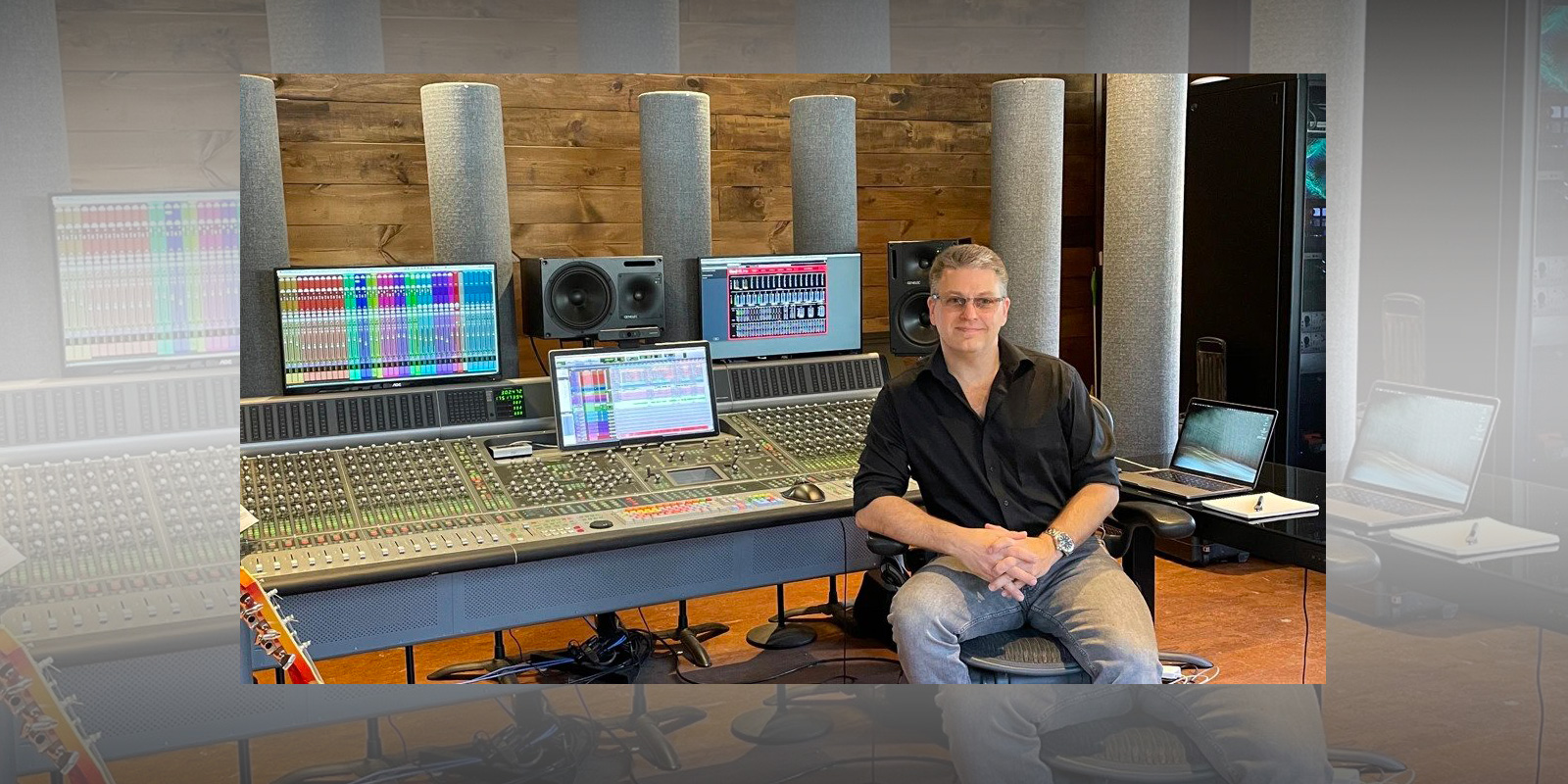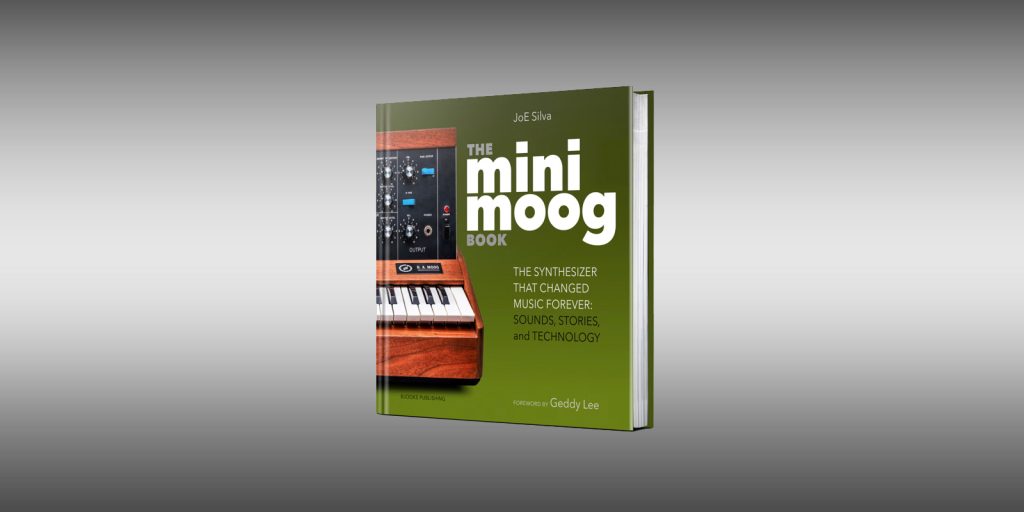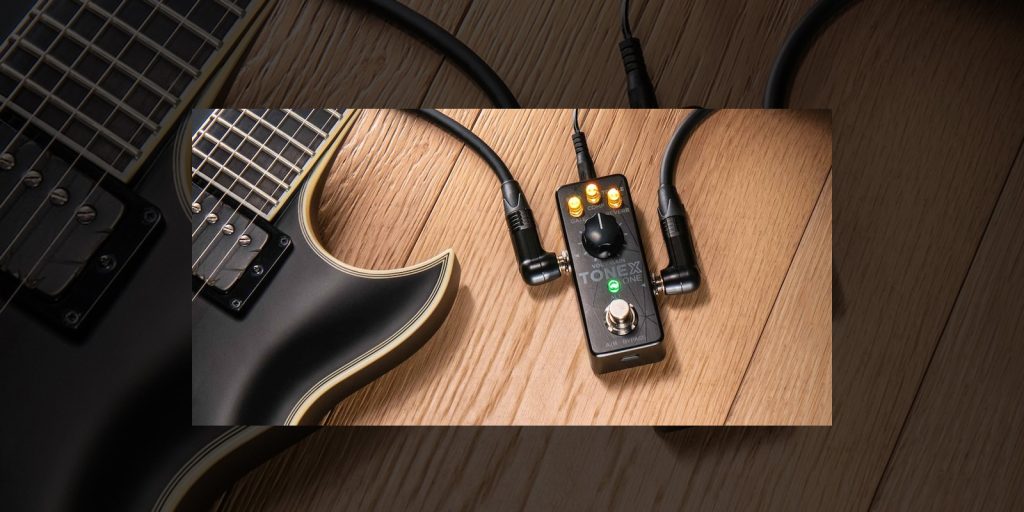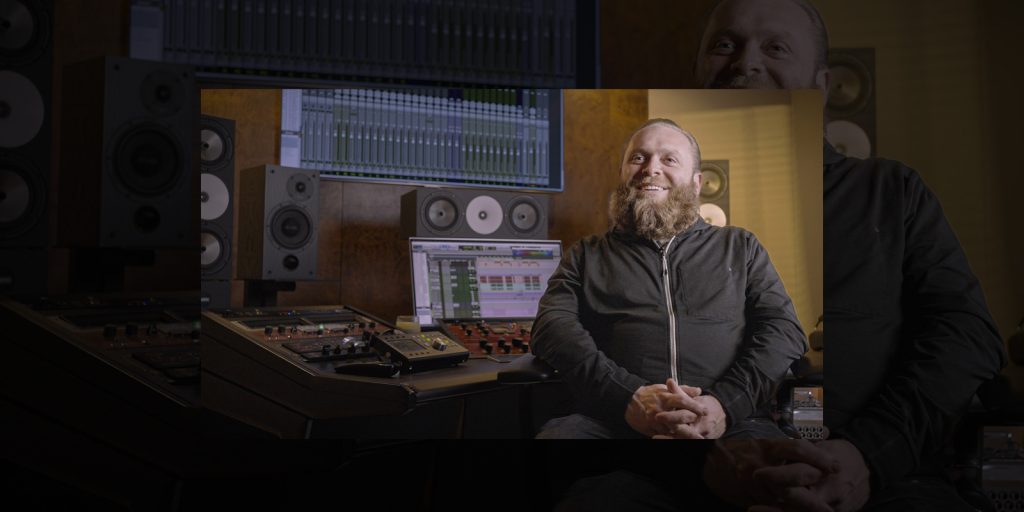Broadcast mixes delivered seamlessly from thousands of miles away
Tried and true
In addition to iHeart ALTer-EGO, HEAR has provided remote mixing services for several other iHeartMedia concerts, including iHeart Country and iHeart Latin. For October’s iHeart Country concert in Austin, Texas–which featured artists including Blake Shelton, Toby Keith, and Little Big Town–HEAR called upon Nashville-based engineer Tom Davis to remote-mix the event using their technology. “Jody happened to be in Hawaii for that one, so I got the call to handle the production mix,” says Davis, who had helped Harris and Elff test their remote workflow during its development process. “John and Jody had been experimenting with this technology for years, and knowing these guys and their reputation and expertise, it didn’t take much convincing to get me onboard. If they tell me something works, I believe them.”
Davis was able to connect the mixing console from his own SeisMic studio in Nashville directly to HEAR’s on-site rack in Austin quickly and effortlessly. “All I had to do was to reconnect a couple of cables and reboot my system and I was in,” he said. HEAR provided systems support to ensure smooth setup and operation of their technology. “I had Jody connected in from his laptop in Maui talking to me and looking simultaneously at both my system and their little hardware rack that’s on-site in Austin, so if we needed to tweak any configuration stuff he could get right in there and do it for me. That guy is a genius!”
Control at your fingertips
Unlike other remote mixing implementations that simply allow mouse control of another user’s workstation, HEAR’s approach ensured that Davis could work with the speed and efficiency of his full console. “Once it was up and running it didn’t take but a minute for me to forget that I was operating a system across the country and not the one in my machine room at my studio,” he said. “It’s that transparent and fast. I’m mixing this thing using my console like I always do even though the show is 3,000 miles away.”
HEAR’s Harris notes that in addition to handling the main audio sources that constitute the broadcast mix, their systems are designed to make every aspect of production as natural as possible. “We’ve built into these systems such a high degree of communication that the rest of the show doesn’t realize we’re not there,” he says. “We’re touching buttons and communicating through intercom as if we were a hundred feet away.” The results have impressed everyone involved, according to Davis. “Every producer that we’ve done this with has been blown away by how seamless it is,” he says. “It feels just like we’re right there on site.”
Broadcast safe
In designing a remote system appropriate for high-leverage applications like broadcast, HEAR needed to ensure uninterruptible audio. “We’re talking about some of the most high-profile live events that anybody puts on air,” says Elff. “There is zero margin for error.” HEAR’s on-site rack assures this by handling all of the routing and audio processing internally. “Our systems are designed so that all of the audio stays on site,” Elff explains. “All the heavy lifting is right at the venue in our rack unit, not at the studio, so it can’t be interrupted”
On top of insulating the broadcast from any internet troubles, HEAR’s system allows a quick and seamless hand-off of the mix to another engineer in case of emergency, providing valuable redundancy. “If I’m sitting here mixing a show and lightning strikes the house and I lose power, the audio on-site will continue to output without any interruption to air,” Elff says. “I can call John and tell him to pick up the show, and he is able to instantaneously connect from his studio. His console will assume the state of my existing mix right where I left it.”
Space saver
Simon Welch of Firehouse Productions served as crew chief for each of HEAR’s iHeartMedia events, overseeing the installation of the diminutive hardware rack with which the mixer engineer’s console communicates. For Welch, the reduction in on-site footprint is one of the most significant advantages. “You’re essentially replacing trucks and gear in the parking lot with a small rack, and all you need is an internet connection–and not even a particularly fast one.”
The ability of HEAR’s system to operate with minimal bandwidth has important implications for Welch, ensuring that the HEAR team can connect to the show even when getting the highest speed internet is difficult. “In a lot of these venues it can take some time before you get a set up with the venue’s internet connection,” he says. “As a result, we often need to do the setup and first run-through of the show with just a mobile broadband router. With HEAR’s system it all works perfectly on the mobile connection because it requires so little bandwidth.”
A remote future, close at hand
The iHeartMedia concerts have so far only scratched the surface of what HEAR’s remote mixing implementations can handle. “For these events we’re managing the live broadcast mix, taking the music mix from the on-site trucks and then blending in video packages, audience reaction mics, hosts on stage and all the other elements that constitute the broadcast,” Elff says. “It’s about 36 separate channels of audio in total. But our system is designed to manage up to 128 channels with our current on-site racks, and we could easily outfit them for more.”
Harris explains that multiple racks also work well in concert with one another. “These systems can be modular,” he says. “Sometimes we might be doing the music mix, other times we’re doing the production mix, but we could just as easily be doing both. We can have two racks sitting next to each other, one handling the music mix and feeding that audio directly into the other for production broadcast, letting HEAR handle the whole thing from two remote locations.”
“This represents a sea change in the way we think about the needs of a high-channel-count, live music and broadcast mix scenario,” says Elff. “Significantly reducing the on-site footprint and installation to just a couple of racks without compromising fidelity or reliability means significant savings for the show’s producers as well as the ability to imagine new kinds of productions – these racks can easily go places that you could never take a truck.”
Innovating from experience
SeisMic’s Davis recognizes that the modern engineer needs to marry conventional studio skills with a deep knowledge of information technology, and sees HEAR as offering the best of both worlds. ”Someone like Jody is a brilliant mixer as well as an extremely intelligent hardware and software guy, and John is at the top of his field,” he says. “It takes guys like that to put the pieces together and configure them in a way that works.”
For HEAR, remote mixing is all about taking the tools that have worked for decades in broadcast and using network technology to extend their reach. “When you’re an engineer mixing a live music event that’s going straight to air, nothing can substitute for having 32 faders under your fingers,” says Elff. “Working with a console is a very tactile experience, it’s fast, and it’s proven. This is why our systems are unique in the world right now. We make it possible to work over large distances without sacrificing the time-honored advantages that a console provides.”





